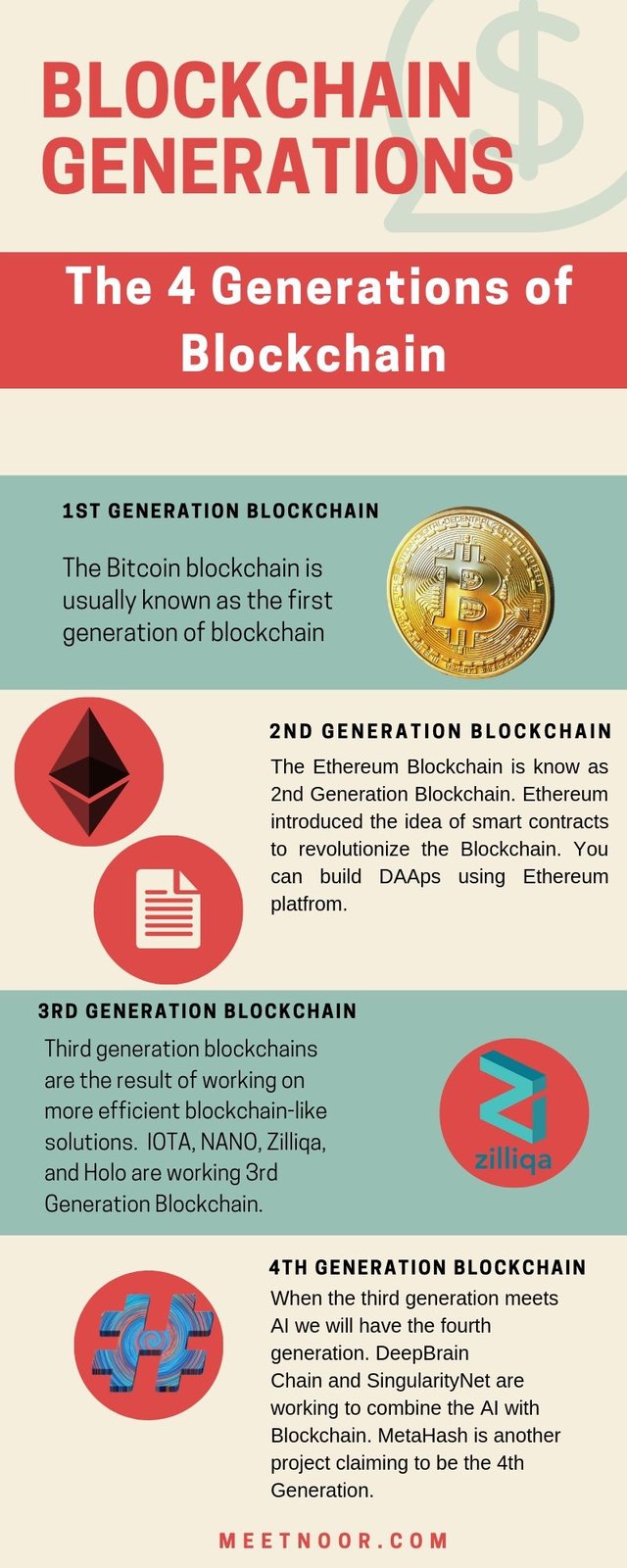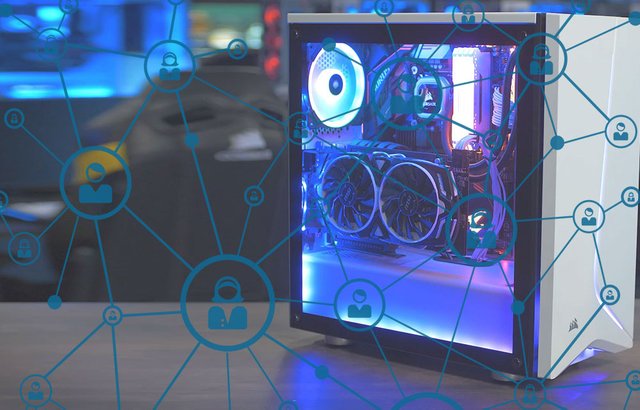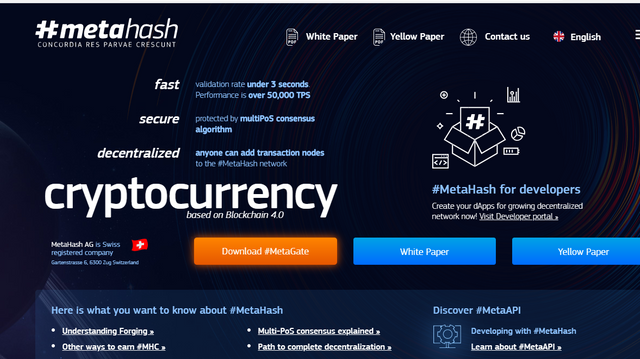The 4th generation of blockchain 2009 - 2019
The 4th generation of blockchain
There are 4 generations of blockchain technology. The first three generations have been on the market for a while. Although some companies claim to have a 4th generation blockchain, it is still a myth. So far, there are no practical examples of the fourth generation.
.jpg)
This is the complete list:
First generation blockchain
It all started in 2008 when Bitcoin began its journey. The idea was to provide a decentralized payment system to send and receive funds globally. Bitcoin is the beginning of blockchain technology and is based on distributed ledger technology. This is why it is called the first generation of distributed ledger technology.
Bitcoin's blockchain is based on Proof of work consensus algorithm. In Pow, the node that performs the most work by hash power has the most voting rights. The sole purpose of the first generation blockchain was to provide a fast and secure global payment system. The problem with PoW is its high energy consumption and low scalability.
Second generation blockchain
The second generation blockchain solves the problems in the first generation. Ethereum, NEO, etc. are the leading projects of the second generation of innovative technologies. The second generation blockchain is beyond the scope of financial transactions. Ethereum introduced the concept of smart contracts through blockchains. Ethereum and NEO provide enterprises with a platform to build distributed applications and launch ICO. The use of smart contract technology in the second generation has completely changed the blockchain technology.
However, the second generation blockchain failed to provide scalability for users. The transaction speed is very low. Sometimes users have to wait a few hours to confirm a transaction. In addition, the transaction costs of the first two generations of blockchains are high and they consume a lot of energy.

Third generation blockchain
The third generation blockchain carries innovative technology. The use of fragmentation and cross-chain transactions helps the third generation achieve high scalability and low transaction costs. Therefore, most of the problems that occurred in the first and second generations were solved.
The third generation combines the Internet of Things, artificial intelligence and big data with blockchain to provide the world with a more scalable and efficient blockchain. The main projects of the third generation blockchain are Matrix AI, Zilliqa, QurakChain and IOTA.
Matrix AI combines artificial intelligence with a blockchain in a hybrid consensus PoW / PoS algorithm that claims to have 1,000,000 TPS.
Fourth Generation Blockchain
The fourth generation blockchain is still in the development stage. Compared to the third generation, Multiversum and MetaHash claim to have a more scalable blockchain. MetaHash is designed to provide a more scalable and faster platform to build dapps. It uses multiple proofs of the stack consistency algorithm. But actually, it will take some time to implement the 4th generation blockchain in the real world.

For more information Blockchain Generations explained in 2019 | Blockchain History